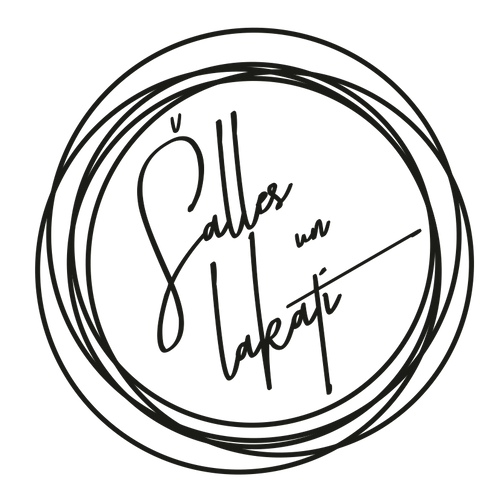The history of the scarf is more than 2000 years old. And despite the fact that nowadays it can be found in every closet, it has not always been ... The scarf has not immediately become a fashion accessory.
The scarf first appeared in ancient China around 260 BC. Understandably, it was not a fashion accessory at the time. The ancient Chinese soldiers used the scarf for a practical purpose - to protect the neck from the cold and wind around it with a cloth.
The forerunner of the known warm scarf appeared in 58 AD. In ancient Rome. They were worn by Roman legionnaires in an attempt to hide from the unusual cold during Gaul's conquests.
After the collapse of the Roman Empire, medieval Romanian people inherited scarves along with Roman traditions and its name. From there, in 1648, fashionable to wear scarves, went to Croatia.
Louis XIV was crazy about everything beautiful and unusual, so he liked the new Croatian innovation with scarves. This happened in 1650, and he immediately appointed a special butler to take care of the new royal necklaces, scarves. In turn, one of Louis XIV's favorites, the Duchess de la Valliere, presented the scarf in a very special way - in the form of a butterfly.
In the following years, the scarf was used as a decorative element in military uniforms.
In 1790, when the French Revolution took place, it became fashionable to wear large muslin scarves that were wrapped around the neck several times. Special private lessons were even created in Paris to teach how to tie ties and wear scarves.
In 1796, the Russians introduced strict discipline to the army and forbade scarves - they were persecuted and given a place - under their belts.19. In the middle of the 19th century, it was fashionable for French men to wear small thin cloth scarves around their necks in bright colors. In Russia, this was seen as a negative example. Even in the middle of the 20th century, in Soviet Russia, wearing a scarf was considered non-masculine and therefore belonged only to women and children.
The 21st century is a triumphant march to the world's runways. Scarves can be found in the collection of almost every designer as a fashion accessory that allows you to express your individuality. Wear a scarf is stylish and elegant!
Some tips ...
• Scarves are a versatile fashion accessory - they can be worn around the neck, wrapped in hair, or tied around the waist instead of at the waist or as a cloak around the shoulders.
• Thick warm scarves are a good invention for the winter, but a wool scarf is completely unacceptable when attending a festive event.
• Silk scarves are the most elegant. Initially, they were used to visually close the "gap" that appeared at the open coat, where the neck looked a bit lonely ...
• Cashmere scarves create an elegant look and protect your neck and chest from the cold. In addition, depending on the color and pattern, as well as the thickness, they can look both formal and informal.
• The scarf can be used to refresh any outfit, even one that has long been tired. All you have to do is put on a bright scarf, so that casual and inexpressive clothes get their strings.
Whatever goal you want to achieve with a scarf - to complete your image, highlight the color, etc. - remember that it must be in harmony with your style and mood. Because wearing a scarf is just like art!


